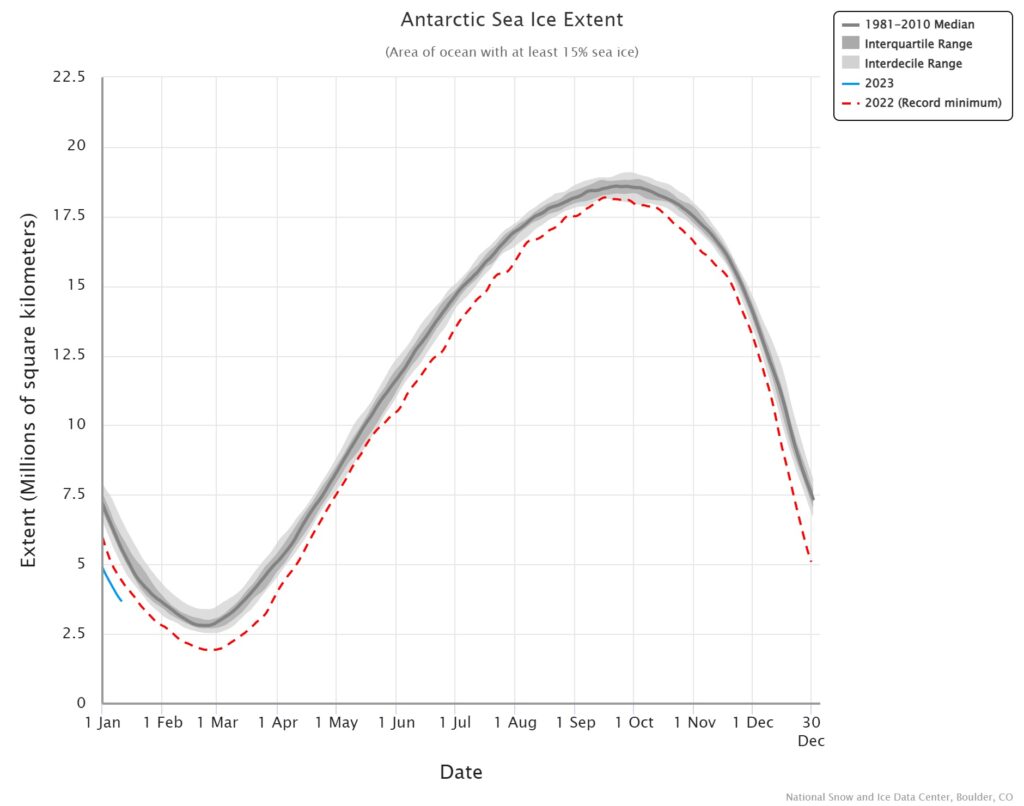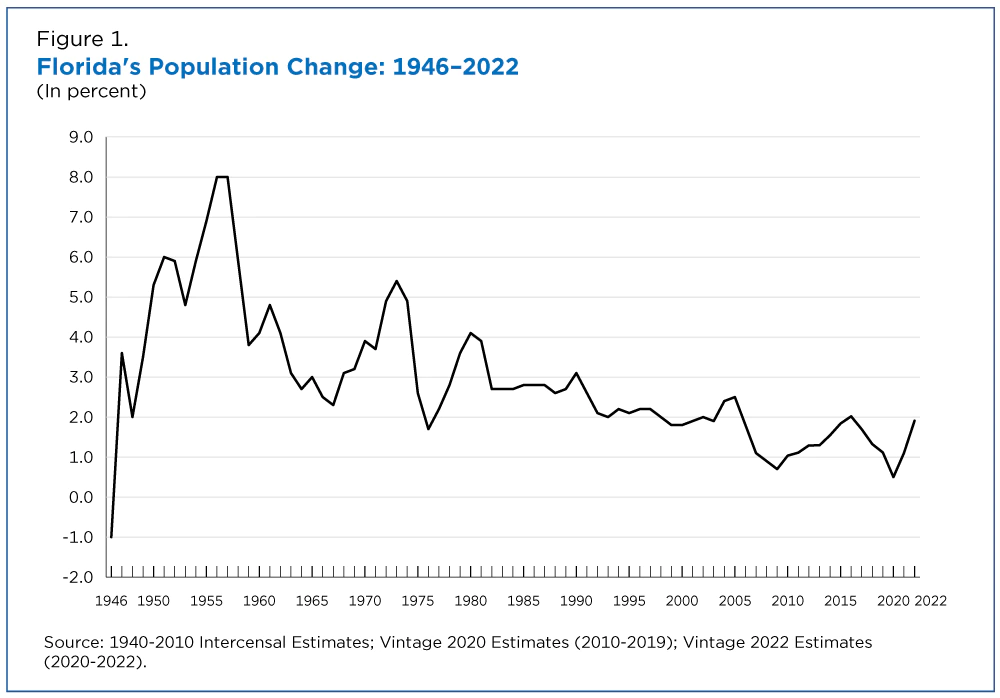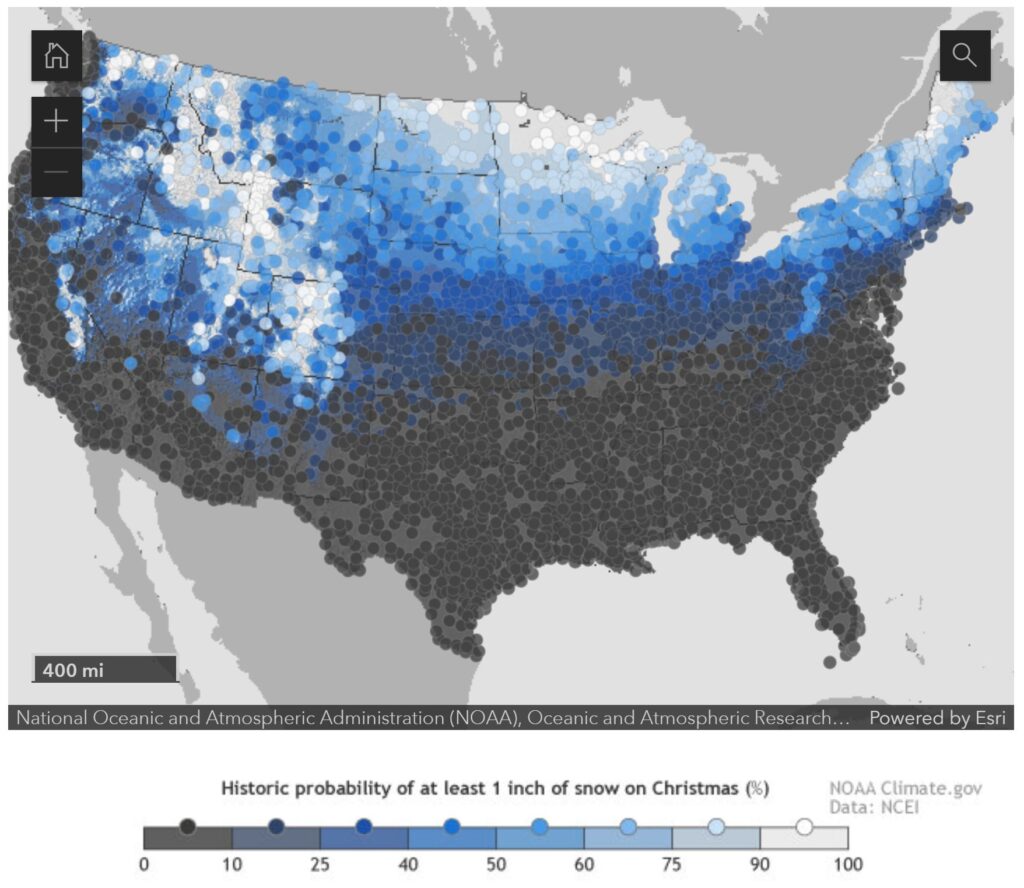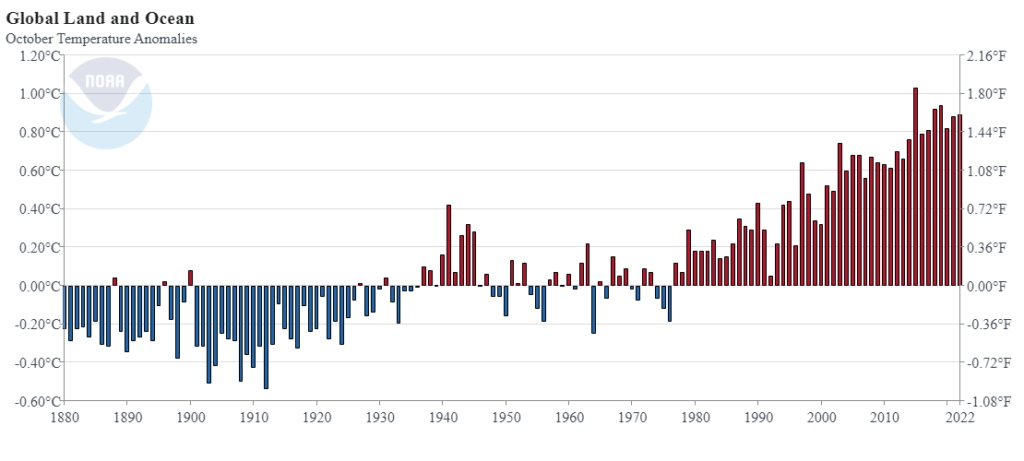Rick Nevin has an excellent post, Update: Continuing trend toward zero youth incarceration (1/18/2023), that summarizes trends in incarceration rates. There are five interesting graphs, but the one here might surprise folks the most. There has been steady decrease in the gap between Black male incarceration rates and the overall male incarceration rates. Some quotes:
It is remarkable – and exasperating – that the debate over crime and incarceration almost entirely ignores divergent trends by age. Youth crime and incarceration are vanishing as arrest and incarceration rates are still increasing for adults over 50. The only crime theory that explains this divergence is the impact of birth year trends in preschool lead exposure.
The steeper decline in Black incarceration rates since 2001 reflects the fact that Black children recorded steeper blood lead declines associated with slum clearance over the 1960s and city air lead declines since the early-1970s (explained here).
I don’t think it is widely known that youth incarceration rates have been decreasing while over 50 have been increasing.
It is especially exasperating that criminal justice reform advocates ignore incarceration trends by age. Those trends should inform incarceration reduction strategies, to have the greatest impact and to generate the least resistance from “tough-on-crime” advocates.
We do not have a “mass incarceration” problem for youths. Not anymore. Reductions in preschool lead exposure have caused massive declines in youth crime and incarceration. We do still have mass incarceration for adults over 50, and it’s getting worse.
There are links to the data in the first sentence. Check out my lead crime project in the Statistics Projects section.








